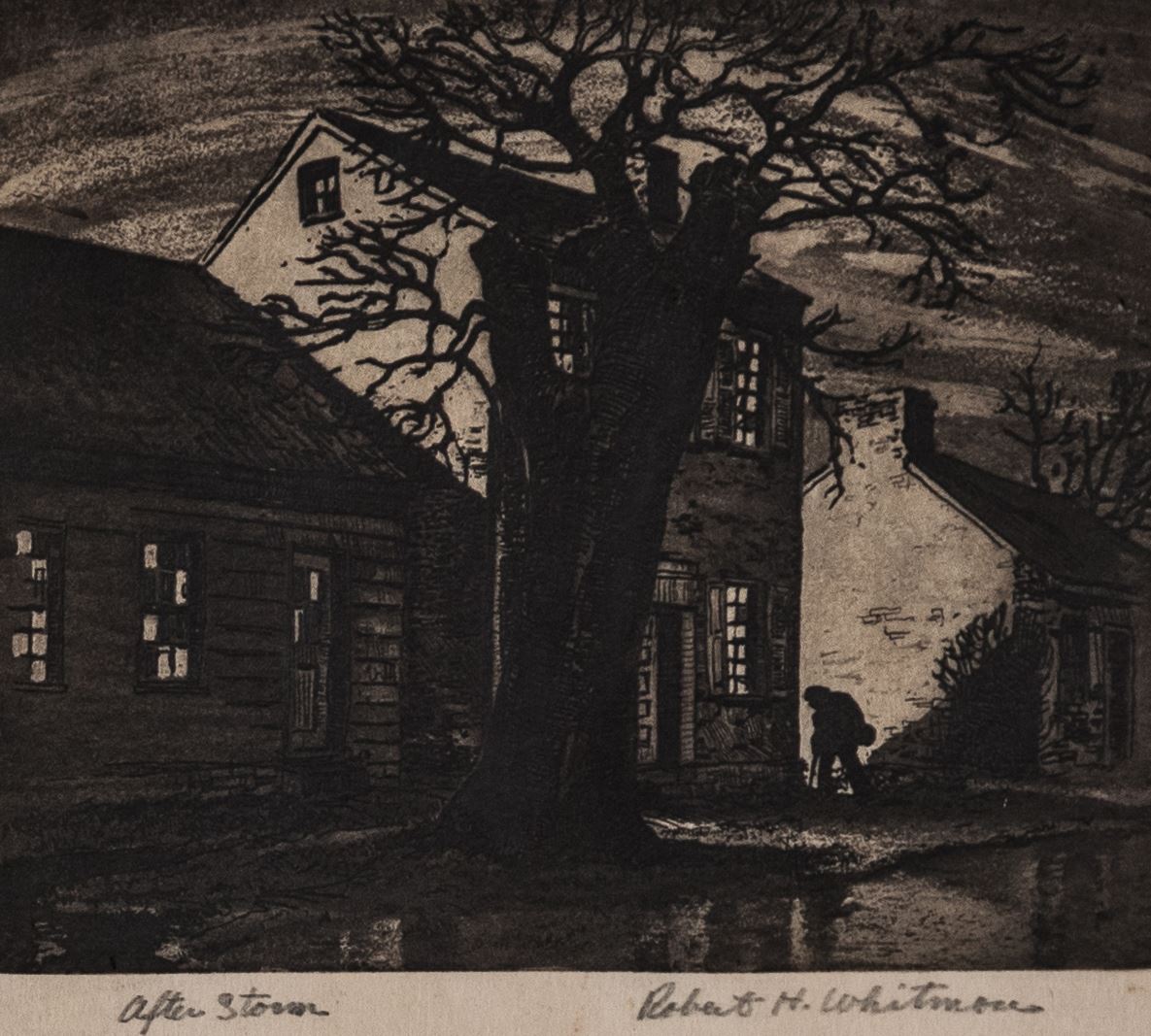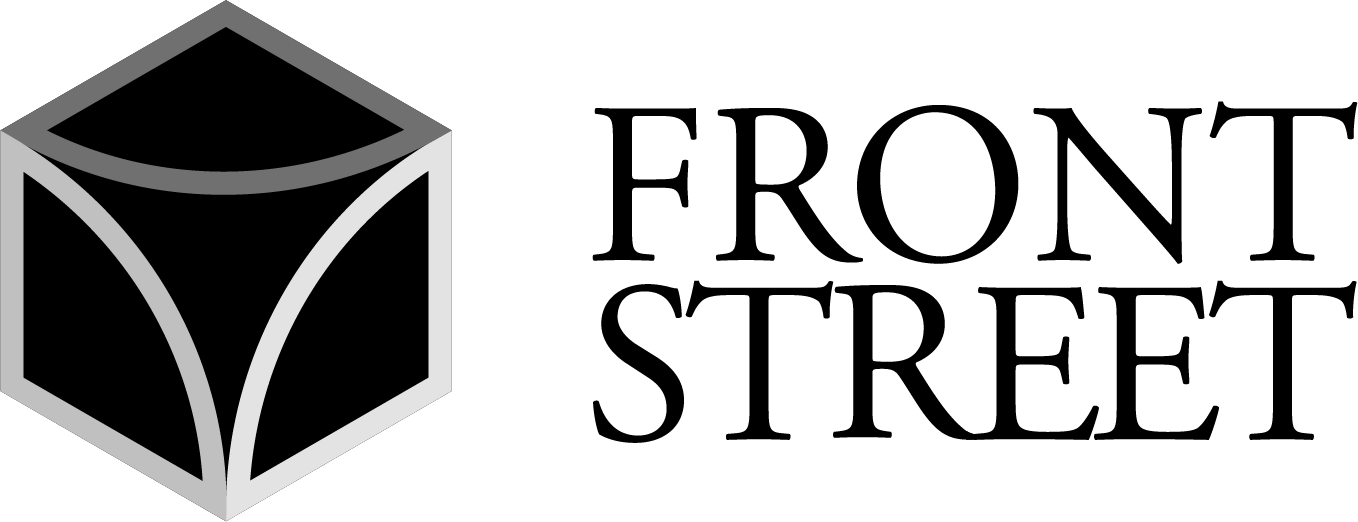After Storm
Medium Print Dimensions 4.75 h. x 5.75 inches
Robert Whitmore
January 31 2009 - April 5 2009
An
accomplished painter, printmaker and draughtsman, Robert Whitmore
expressed a genuine love for the world around him with vibrant line,
vivid color and a disciplined eye for composition. The Dayton Art
Institute honors the artistic legacy of this native son with the
retrospective exhibition, In the Glen: The Art of Robert Whitmore. This
survey features nearly sixty works of art that have been jointly
selected by Will South, The Dayton Art Institute chief curator, and Kay
Koeninger, associate professor of art history at Sinclair College. Robert
H. Whitmore was born in Dayton on February 22, 1890, the son of Thomas
and Florence Damon Whitmore, both of whom enjoyed an interest in art.
Robert attended Steele High School in Dayton before going on to study at
the prestigious Art Institute of Chicago from 1913 to 1917. These
were heady years in American art, as both Impressionism and Realism
were being widely practiced and both were being challenged by the rise
of Modernism. In Chicago, a city with an active gallery scene already by
that time, young Robert would have been exposed to the latest trends
and ideas in American art. While a student, he supported himself in part
by teaching drawing at Hull House which social reformer Jane Addams had
founded in 1889. From
Chicago, Robert served for a year in World War I before attending the
Cincinnati Art Academy in 1919. In the 1920s, he began teaching at the
recently established Dayton Art Institute. In the numerous prints and
paintings he made during and following these years, we see clearly that
Whitmore had learned his academic lessons—careful drawing first and
foremost—at the same time he admired more progressive impulses in
painting, which included the use of bright color and dashing brushwork.
Autumn Trees is typical of Robert Whitmore’s mature blend of artistic
sources. The drawing beneath the paint is steady and sure (his debt to
tradition), while the layers of vibrating, high-keyed color comes from
Impressionism (his debt to innovation). He worked directly from nature,
as did so many of his peers, believing that honest interpretation of
earth and sky could come only from direct contact with it. To work out
of doors, he outfitted a Model T truck into a mobile studio. In 1924, Whitmore purchased twenty-nine acres outside of Yellow Springs that
Source: http://www.daytonartinstitute.org/art/exhibitions/glen-art-robert-whitmore |





.png)